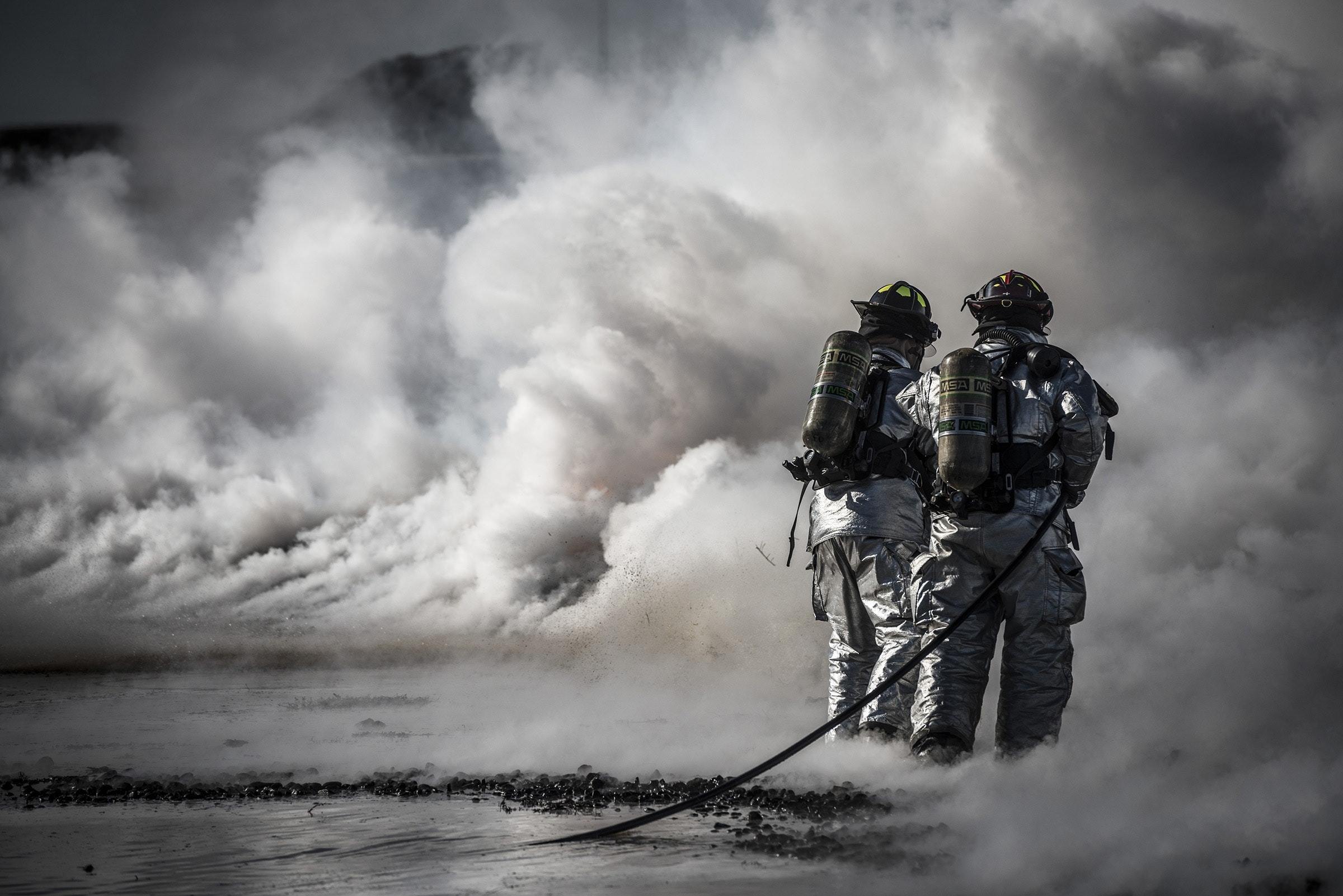In this next post in our wildfire preparedness series, we're covering how to cope with the effects of smoke can have. Whether you are near or far away from a fire of any kind, smoke can significantly affect your health, especially if your are a part of a vulnerable population. So, we've collected some useful information from the Center for Disease Control and Prevention.
Why Wildfire Smoke is Harmful
Smoke is made up of a complex mixture of gases and fine particles produced when wood and other organic materials burn.The biggest health threat from smoke is from fine particles. These microscopic particles can get into your eyes and respiratory system, where they can cause health problems such as burning eyes, runny nose, and illnesses such as bronchitis. Fine particles also can aggravate chronic heart and lung diseases - and even are linked to premature deaths in people with these conditions. If you are healthy, you're usually not at a major risk from short-term exposures to smoke. Still, it's a good idea to avoid breathing smoke if you can help it.

Preparing for Wildfire Smoke
- Know your community’s evacuation plans.
- Find several ways to leave your area.
- Drive the evacuation routes and find shelter locations.
- Have a plan for pets and livestock.
- Monitor air quality using the Air Bubbles app (available at Google Play Store and App Store)
Gather emergency supplies, such as respirators.
- A respirator filters out smoke or ash before you can breathe it in (respirators are not made to fit children).
- Remember the needs of children, pregnant women, and individuals with medical conditions like asthma, Chronic Obstructive Pulmonary Disease
Plan to keep wildfire smoke outside.
- Choose a room you can close off from outside air.
- Set up a portable air cleaner or a filter to keep the air in this room cleaner even when it’s smoky outdoors or in the rest of your home.
Keep track of fires near you so you can be ready.
- AirNow’s “Fires: Current Conditions page” has a map of fires throughout North America.
- NOAA’s “Fire weather outlook” page maps fire watches and warnings.
For more information about wildfire smoke and how to protect yourself from it, learn more at https://www.cdc.gov/features/wildfires/index.html and https://www.cdc.gov/disasters/wildfires/beforefire.html.
And, if you want to learn what exactly is meant by a Red Flag Warning, what Defensible Space is, as well as what a variety of other wildfire jargon means, check out our article explaining it all.

